Houseplants are grown indoors, on balconies, in gardens, etc. You might think, “They’re not that big, so as long as they’re packed properly, the movers should be able to transport them.” However, it’s important to note that some moving companies may refuse to transport houseplants or may charge additional fees for doing so.
In this article, we will introduce ways to pack and transport houseplants when moving, as well as how to dispose of them before moving. If you are wondering what to do when transporting houseplants, kindly use this article as a reference.
At Village House, we offer more than 1,000 affordable and charming properties all across Japan. If you are looking for your next home, be sure to check out our website!
Moving companies may not transport houseplants in some cases
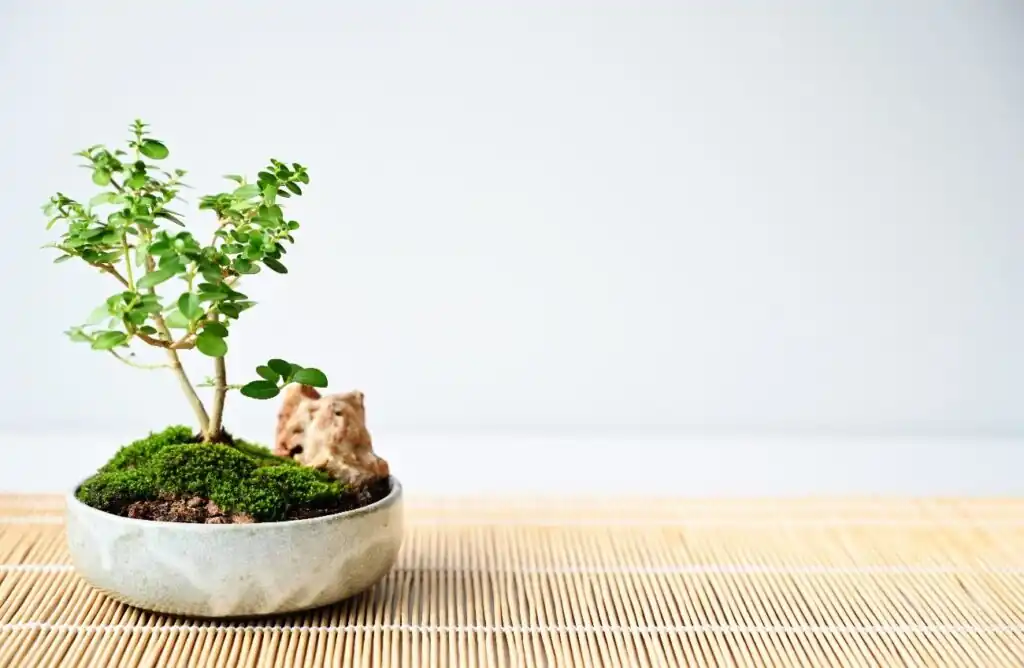
Some moving companies may not handle the transportation of potted plants, houseplants, or bonsai trees. This is due to regulations outlined in the “Standard Terms and Conditions of Moving,” which states the following:
“Transportation may be refused if any of the following conditions are met: ~items such as animals, plants, pianos, artworks, antiques, or other goods requiring special care during transportation that make them unsuitable for transporting together with other items.”
Source: Ministry of Land, Infrastructure, Transport and Tourism, Standard Terms and Conditions of Moving
Bonsai and expensive houseplants are often treated as artworks and require specialized transportation. In such cases, additional fees may apply on top of regular moving costs, so be sure to request your moving company for a quote in advance.
That being said, while moving companies have the right to refuse to transport houseplants under certain regulations, most will usually accommodate common houseplants typically placed on balconies. To ensure a smooth moving process, be sure to confirm with them beforehand whether they can transport your houseplants.
Important points to keep in mind when moving houseplants
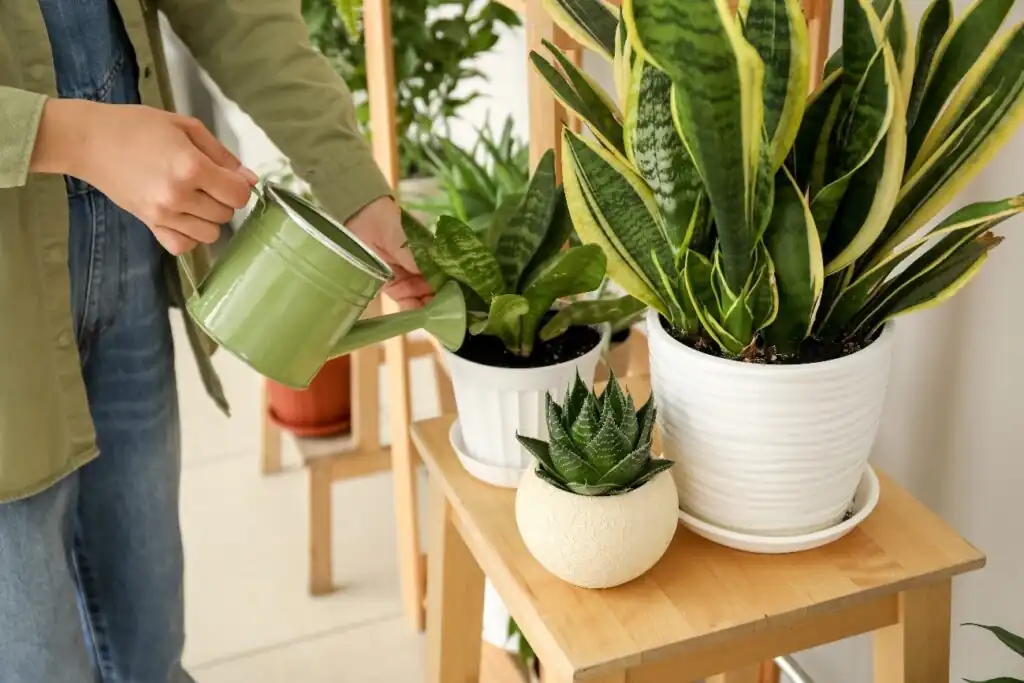
Before packing your houseplants, be sure to adjust their watering schedule. If water leaks from the plants on moving day, your other belongings may get wet.
Additionally, soil that contains a lot of moisture can make the plants heavy and difficult to move. For this reason, it is a good idea to reduce the frequency of watering and allow the soil to dry out about two days before the move.
How to pack houseplants for a move
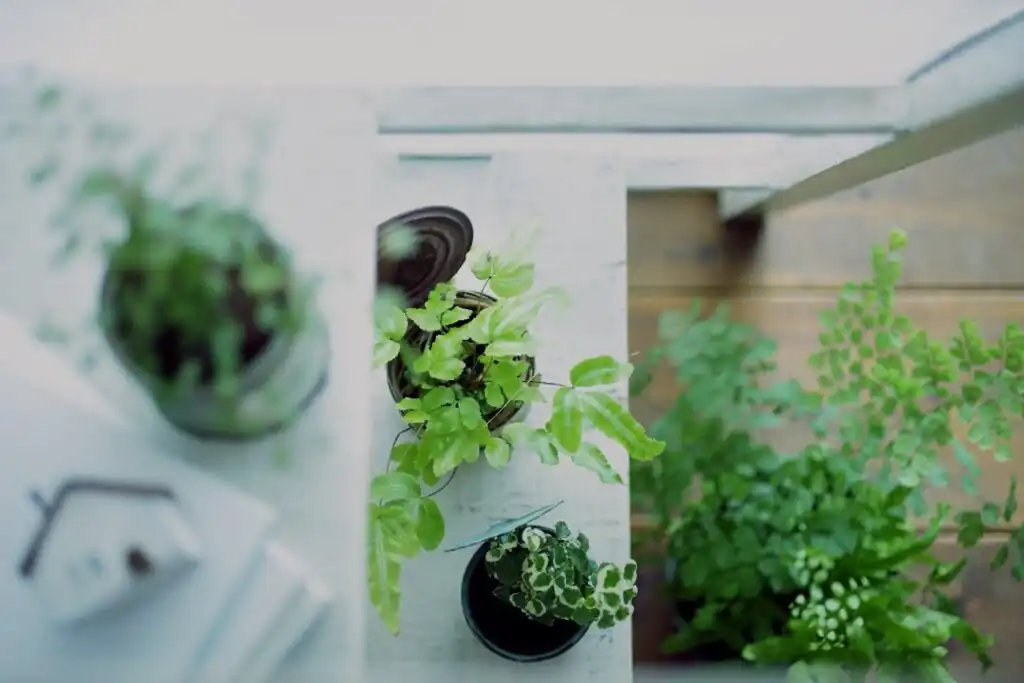
How to pack short houseplants
When packing short houseplants, start by covering the bottom of the pot with newspaper or similar material. Next, place the plant in a plastic bag and tie it loosely so that the contents are not visible. If you’re concerned, it’s a good idea to double the plastic bag for extra protection.
Once packed, place the plant in a cardboard box for transport. To prevent the plant from moving around during transport, fill any empty spaces in the box with unused newspaper or cushioning materials to secure it tightly. Also, to indicate that it’s a potted plant, secure the sides of the box and leave the top of the box open.
How to pack tall houseplants
For tall houseplants, start by covering the bottom of the pot with newspaper or similar material. Then, stuff bubble wrap around the base of the plant and secure it with masking tape.
Since the branches and leaves are vulnerable to damage, wrap them carefully with newspaper, cardboard, or protective sheets. Once the pot and plant are fully covered, place the pot in a plastic bag and secure the side covers with masking tape to prevent them from getting in the way. Also, be sure to leave the top open to allow for air circulation.
How to pack large houseplants
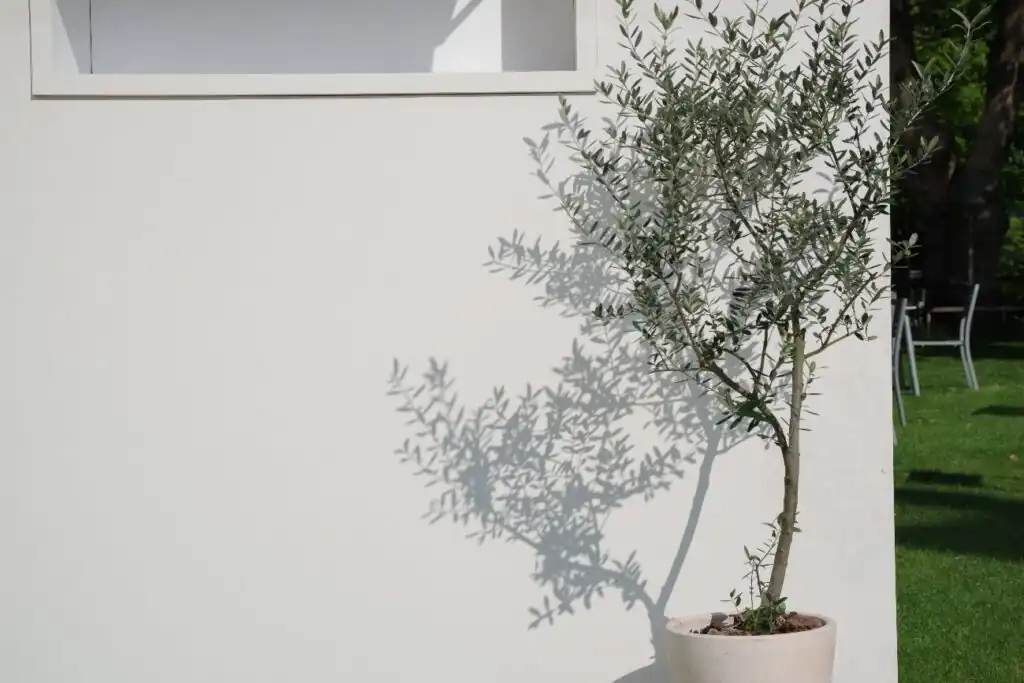
For large houseplants, create a sturdy base to prevent the plant from collapsing during transport.
Start by standing the top of the cardboard box upright to form a foundation, then use masking sheets or additional cardboard to wrap the entire plant. Extend the sides of the box vertically to shape the packing into a narrow rectangular form for added stability.
Since there’s a possibility that the pot might move around inside the box, fill any remaining space with crumpled newspaper or packing materials to secure the plant and keep it firmly in place.
Transport houseplants on your own
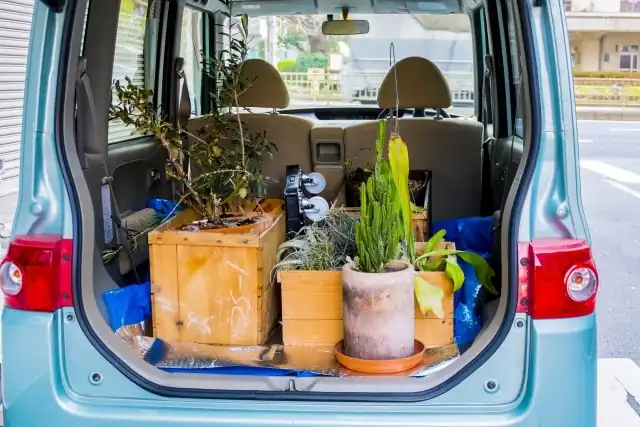
If the moving company cannot transport your houseplants, you’ll need to transport them yourself. If you are using your own car, here are some of the things to keep in mind.
For small houseplants, gather multiple pots onto a single tray and place them directly in a cardboard box. Be sure to fill any gaps with newspaper or cushioning materials to prevent the plants from falling apart.
If you have a small number of houseplants, you can transport them in your personal car like any other item. However, if you have a larger quantity, they may not fit in the trunk of a standard car. In such cases, it’s advisable to consider using a light truck or van for the transport.
These types of vehicles, unlike with a standard car trunk, allow you to monitor the condition of your houseplants from the driver’s seat, so you can rest assured. During transport, avoid sudden acceleration or braking, and drive carefully to minimize stress on the plants.
For tall and large houseplants, you will need to transport them lying down. To prevent the soil from spilling, wrap the pot in a large garbage bag and tie it tightly to seal it. It is also a good idea to gently tie the branches together with string to prevent them from breaking.
If the trunk comes into contact with the walls of the car or other luggage, it is a good idea to protect the trunk by covering it with soft materials such as gloves or towels for extra protection.
Request a landscaper to transport your houseplants
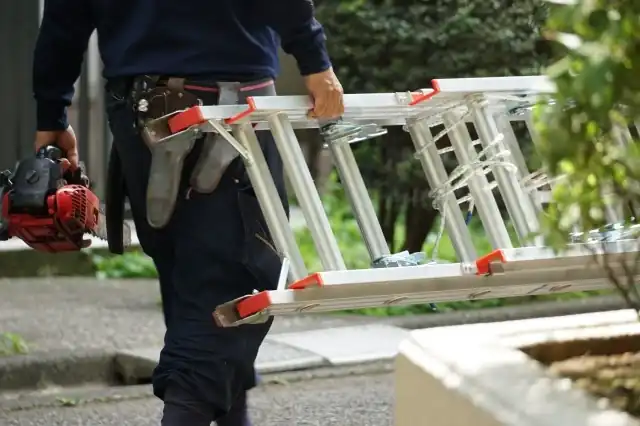
If you are unsure about how to transport trees or houseplants in your garden, consulting a landscaper is the safest and most reliable option. When transplanting garden plants to a new location, it’s essential to handle the roots carefully to avoid damage.
The process involves using a shovel to dig up the soil and separate the tree from the ground. Then, the root ball should be wrapped in burlap and securely tied with hemp rope, which requires specialized knowledge and techniques. Since transporting and replanting garden plants involves large-scale work, it’s recommended to consider hiring a landscaping service if you need to move trees or large plants.
For transporting garden stones, blocks, soil, and gravel, it’s better to hire a landscaping service rather than a moving company. Some moving companies may even refer you to a landscaping service they work with, so be sure to ask for recommendations upon getting a quote.
Disposing of houseplants before moving
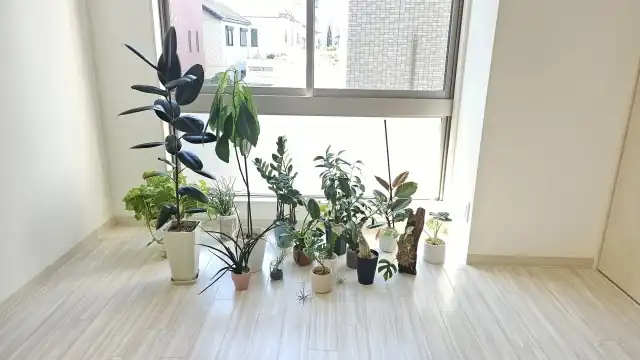
Request disposal through a houseplant dealer
When disposing of houseplants, you can hire a specialized plant disposal service. The service collects the plants, continues to care for them, and sells them if a buyer is found.
Collection methods include pickup, drop-off at a service location, or doorstep collection. The collection fees vary depending on the service provider. Additionally, some dealers may have restrictions on the size or shape of pots they can accept, so it’s a good idea to check with them in advance.
Disposing of houseplants according to local regulations
When disposing of houseplants, it’s common to separate the plant, soil, and pot. Small plants can typically be disposed of as combustible waste, but larger plants may need to be cut down before disposal. However, in some cases, larger plants may be classified as bulky waste, so be sure to check the guidelines.
Sometimes, soil may need to be treated as industrial waste rather than combustible waste. Pots should be disposed of according to the local regulations. When disposing of houseplants through the municipality, be sure to follow the proper rules.
At Village House, there are no security deposits, key money, handling fees, or renewal fees (※). If you’re looking to save on initial costs or want to live without worrying about renewal fees, please feel free to contact us.
※ Please note that a security deposit may be required depending on the contract details and the results of the screening.
Related articles:
- How to Organize Your Belongings When Moving Out
- Interesting Houseplants for your Apartment
- Apartment Gardening for Beginners: How to Cultivate a Green Space in Your Home!
- DIY Apartment Herb Garden

Hello, I’m Machiko Doi, a freelance writer who writes about housing and living in Japan.
I live in an 80-year-old house that I inherited from my grandparents along with my two shelter cats and daughter.
We live a relaxed life while repairing the house.
I like to cook vegetables from the garden and fresh fish caught by my father, and enjoy them with cold beer on a hot day or hot sake on a cold day.



